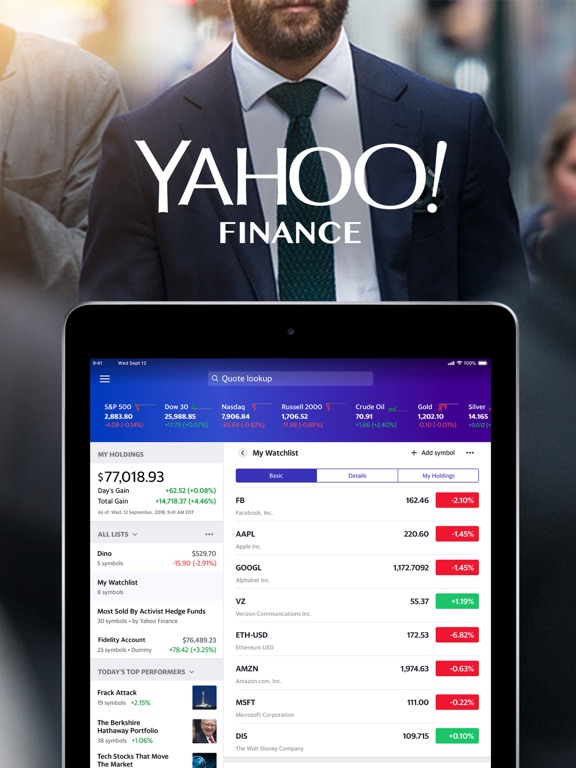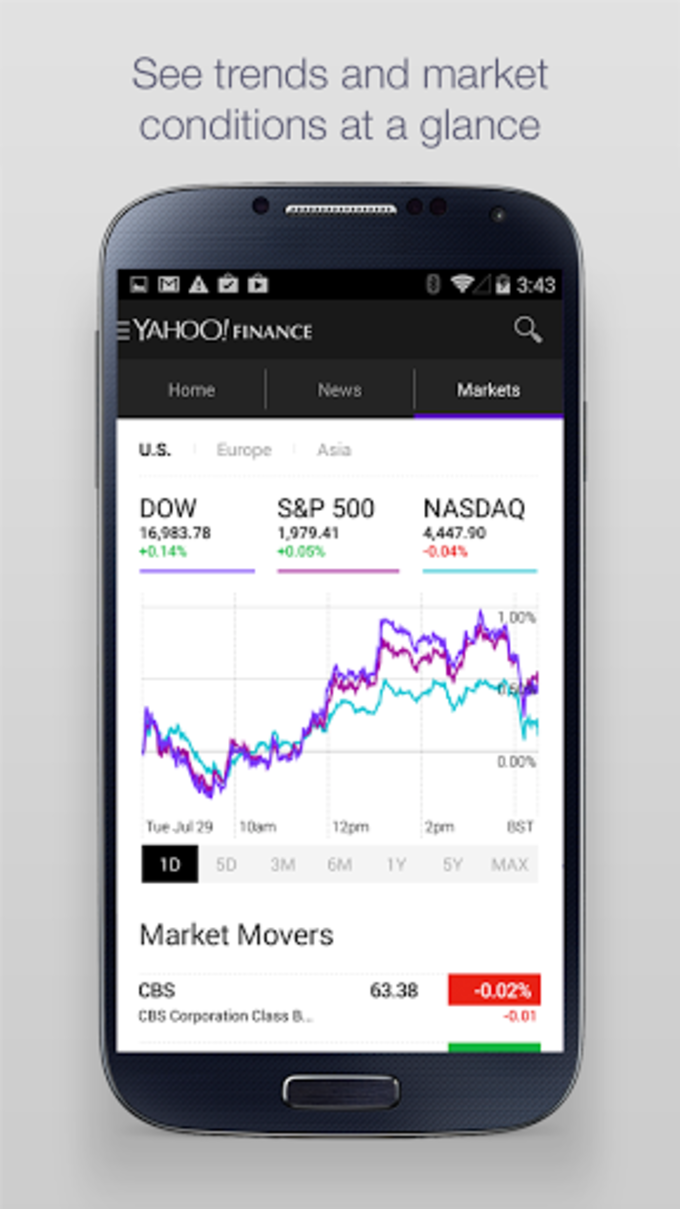

It is worth mentioning that different barsizes have different limitations regarding how far back we can go in time.Īs can be seen, this resulted in a DataFrame with a single row for each symbol and minute of data available. Running the script will result in the following pandas DataFrame:īy default, yahoo returns daily data, but we can also parametrize the barsize. # GET TODAYS DATE AND CONVERT IT TO A STRING WITH YYYY-MM-DD FORMAT (YFINANCE EXPECTS THAT FORMAT)Įnd_date = datetime.now().strftime('%Y-%m-%d')Īmzn_hist = amzn.history(start='',end=end_date) In order to get started, we have to create a Ticker instance and pass the symbol of the asset that we are interested in getting data from. These include OHLCV (Open, High, Low, Close, Volume) bars, and also dividend payments, and stock splits. One of the most critical use cases of yfinance is the possibility to access stocks (and some cryptocurrencies’) historical data. Now you should be able to follow along during the next sections! Fetch Historical Prices using yfinance You just need to open a terminal and write the following command: pip install yfinance

You’ll notice that the tutorial installs “Anaconda” which is a Python distribution that comes with all the most important bells and whistles included, and PIP is among them.Īssuming that you followed the previous steps, the remainder of the installation is trivial.


 0 kommentar(er)
0 kommentar(er)
